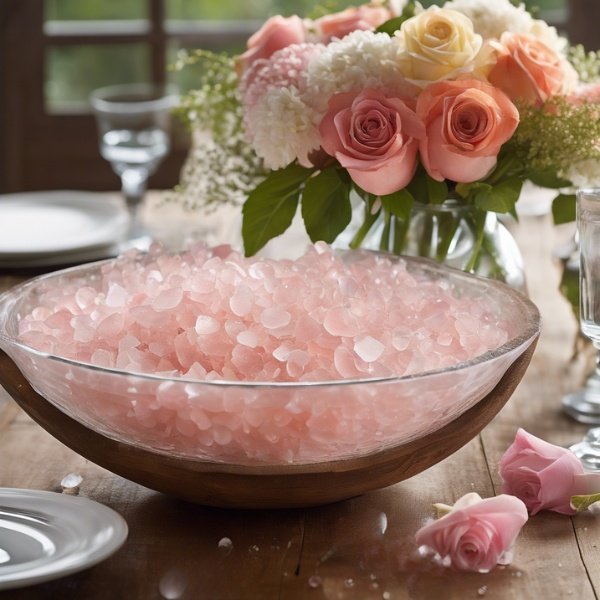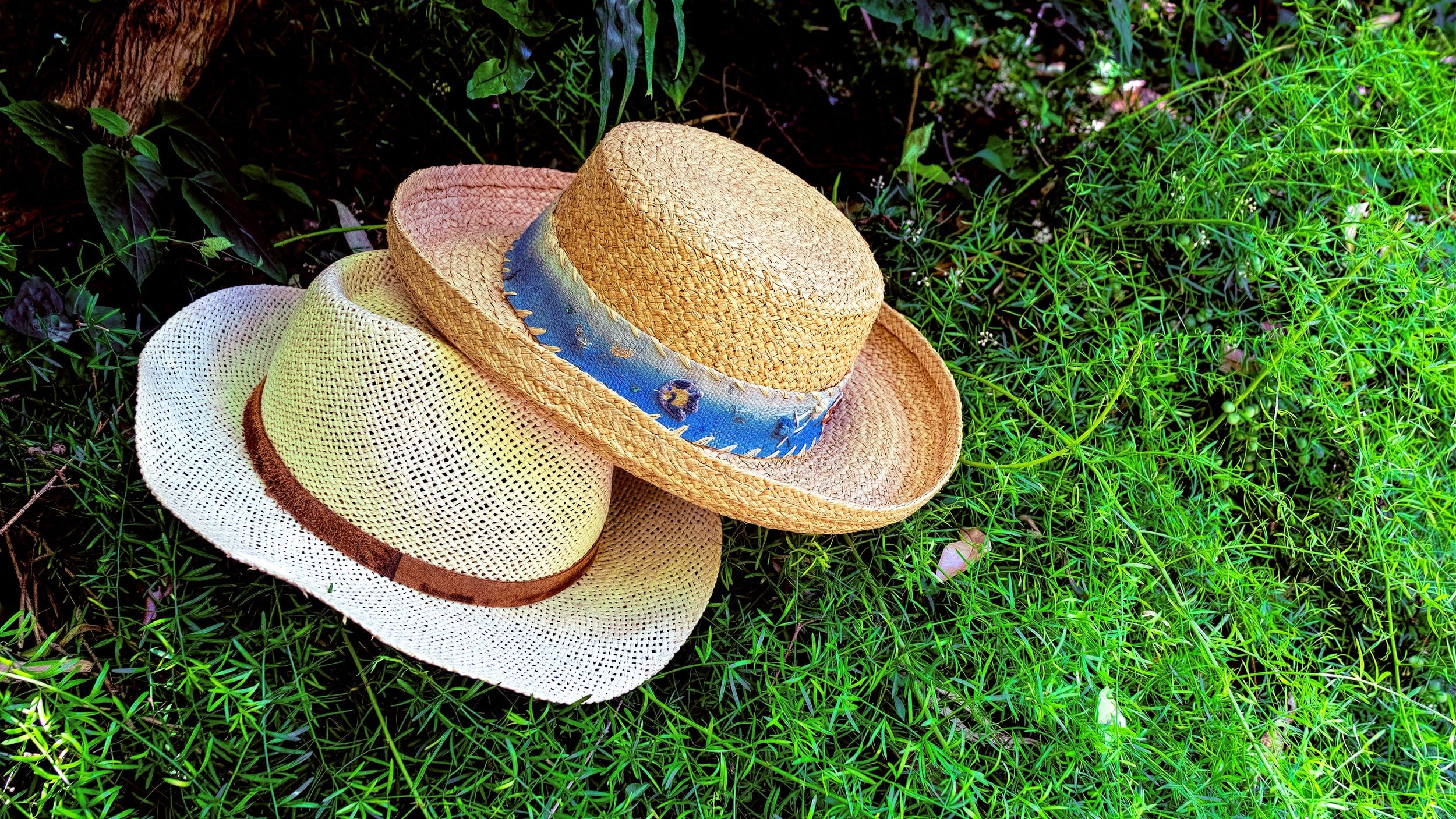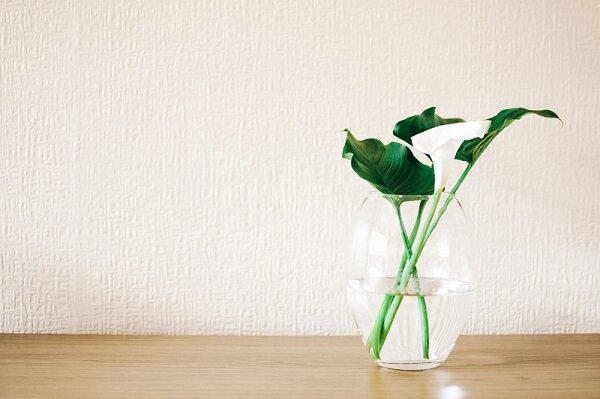
The Art of Resilience

Coincidences

The Ripple Effects of Self Care

The Many Benefits of Himalayan Salt for Scalp, Hair, and Skin

The Power of Self-Care: How Journaling Can Transform Your Well-Being

High Vibrations for Your BEST Well-Being

Do Hats Cause Hair Loss
Your Hair and Hats

More Ways to Improve the Health of Your Home

Natural Alternatives to Harmful Chemicals





